Are you concerned that your home’s electrical system might be outdated or unsafe? Electrical faults are a leading cause of domestic fires in Ireland, and many of them stem from unnoticed issues within the household wiring and fittings. A home electrical inspection checklist is the first step in preventing these hidden dangers.
Whether you live in a modern build or a decades-old home, regular electrical inspections ensure your system complies with current safety standards, performs efficiently, and supports all your appliances without risk.
In this blog, we’ll explore a complete home electrical inspection checklist, why it matters, and how it helps keep your family safe and your home powered reliably.
What is an Electrical Inspection?
An electrical inspection is a thorough assessment of a property’s electrical system to ensure it meets safety standards and operates efficiently. It involves checking wiring, sockets, switches, consumer units, grounding, and overall system integrity. The goal is to identify potential hazards, code violations, or wear and tear that could lead to electrical faults, helping homeowners stay compliant and protect their property and family from risks.
What Should Be Included in a Home Electrical Inspection Checklist?
A thorough Home Electrical Inspection Checklist ensures your property is safe, efficient, and compliant with regulations. Here’s what a detailed inspection typically includes:
Inspect Circuit Breakers & Switchboards
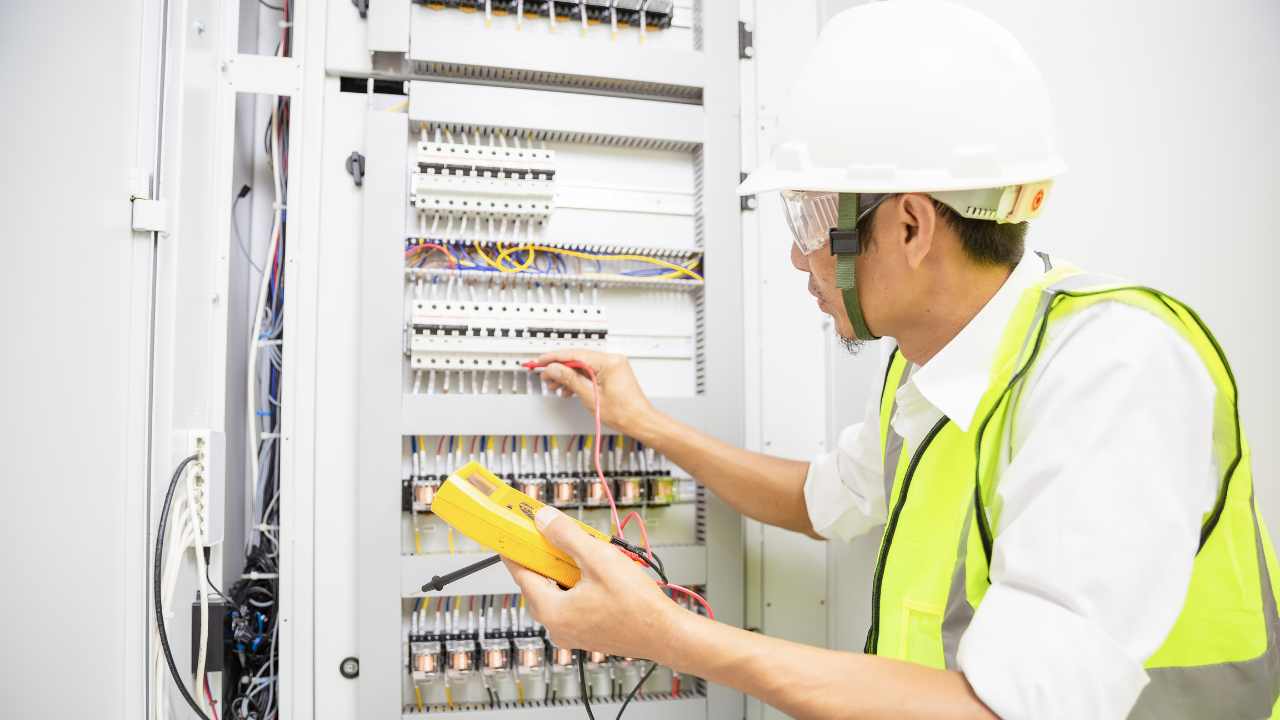
The circuit breaker and switchboard are the heart of your home’s electrical system. During an inspection, the electrician will check for signs of overheating, age, incorrect labelling, and outdated fuse boards.
Modern consumer units with RCD protection are essential for safety. Any buzzing sounds, burn marks, or loose connections can indicate serious issues needing urgent repair or replacement.
Test Outlets and Switches
Every outlet and switch in the home should be tested for functionality, grounding, and wear. Loose outlets, scorch marks, or crackling noises are red flags.
Electricians use tools to test for correct polarity, earth continuity, and voltage stability. Faulty or overused sockets can be dangerous, especially in high-demand areas like kitchens or bathrooms.
Assess Safety Devices
Safety devices such as Residual Current Devices (RCDs), Surge Protection Devices (SPDs), and miniature circuit breakers (MCBs) play a vital role in preventing electric shocks and fires.
Inspections confirm that these devices are installed, correctly rated, and functioning properly. An absence of RCDs in older properties is a common finding and a significant safety risk.
Examine Wiring Conditions
Old or damaged wiring is one of the most common causes of electrical fires. During the inspection, the condition, type, and age of the wiring are reviewed.
Signs of deterioration like fraying insulation, exposed copper, or dated rubber-sheathed cables are carefully noted. Wiring that doesn’t meet current standards must be updated for safety and efficiency.
Identify Fire Hazards
The inspector also looks for any potential fire risks like overloaded circuits, poorly ventilated appliances, excessive use of extension cords, and concealed junction boxes.
Any signs of overheating, especially around sockets and lighting fixtures, are taken seriously. Proper spacing, correct fuse ratings, and safe load management are key to preventing electrical fires.
How to Perform an Electrical Inspection in Ireland?
Carrying out an electrical inspection involves a mix of visual checks, safety tests, and load assessments to ensure your home meets Irish electrical standards.

Shut Off Power From the Main Supply
Before starting any inspection, always switch off the main power supply to eliminate the risk of electric shock. This ensures that all circuits are de-energised, making it safer to inspect panels, breakers, and internal wiring.
If you are unfamiliar with your consumer unit or unsure about isolating power safely, it is best to wait for a certified electrician to handle the inspection.
Visual Inspection of the Panel
Open the electrical panel and perform a general visual check. Look for burn marks, rust, moisture, frayed wires, or loose components that may indicate electrical stress or previous faults.
A clean, dry, and well-labelled panel is a good sign. Any signs of scorching, dust buildup, or overheating should be flagged and professionally assessed.
Check the Condition of Breakers
Each breaker should be inspected for proper fit, physical damage, and discolouration. Manually toggle the breakers to ensure they are not stuck or difficult to move.
Breakers that do not reset properly or show signs of wear should be replaced. They are a critical safety device and must be in full working order at all times.
Check for Overloaded Circuits
Overloaded circuits occur when too many appliances or high-wattage devices draw power from a single circuit. Focus on areas like kitchens, living rooms, and home offices.
Frequent tripping, flickering lights, and buzzing sounds are signs of overload. You may need to redistribute appliances across different circuits or consider a panel upgrade.
Voltage and Load Balancing
Using a multimeter, check voltage levels across various circuits to confirm consistent electrical supply. Balanced load distribution is especially important in homes with larger demands or three-phase power.
Unbalanced loads can cause damage to devices, reduce system efficiency, and lead to long-term reliability issues. An electrician can help redistribute loads properly.
Inspect Wiring and Connections

Wires inside the panel should be securely connected, insulated, and correctly routed. Look for exposed copper, pinched cables, or amateur repairs.
Loose or poorly connected wires can lead to arcing, short circuits, or fire hazards. Cable clamps should be used to maintain a tidy and safe wiring layout.
Pay Attention to Sounds
Listen carefully for any buzzing, humming, or crackling from the consumer unit or breakers. These noises are often early signs of component failure or unsafe connections.
If any abnormal sound is present, it is important to switch off the power and arrange a professional inspection immediately to avoid safety risks.
Check for Panel Capacity
Many older homes in Ireland still operate with outdated panels that were never designed for modern energy demands. Inspect whether your panel has sufficient space and capacity.
If there is no room for new breakers or you experience regular power interruptions, upgrading your distribution board might be necessary to meet growing needs safely.
Book Maintenance When Needed
If the inspection reveals any faults or degradation, schedule professional maintenance without delay. Keeping your system in good condition helps prevent failures and extends its lifespan.
Regular checks and timely repairs by a registered electrician can also ensure your home remains fully compliant with Irish electrical regulations.
Conclusion
A Home Electrical Inspection Checklist is essential for maintaining the safety, reliability, and efficiency of your home's electrical system. From checking circuit breakers and wiring conditions to identifying potential fire hazards and ensuring compliance with Irish regulations, a thorough inspection helps prevent costly repairs and dangerous incidents.
If you're due for an electrical inspection or have noticed warning signs in your home, contact Unique Electrical today. Our certified electricians in Ireland deliver professional, detailed inspections to ensure your home stays safe and fully compliant.

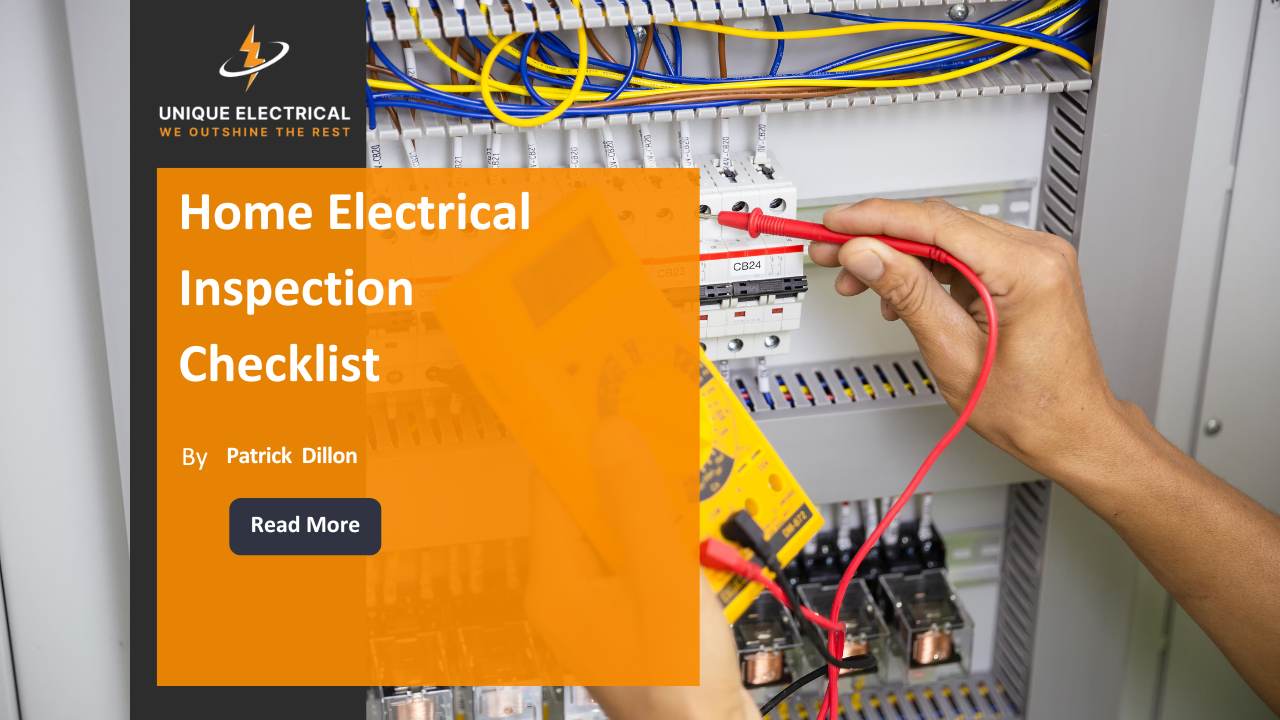

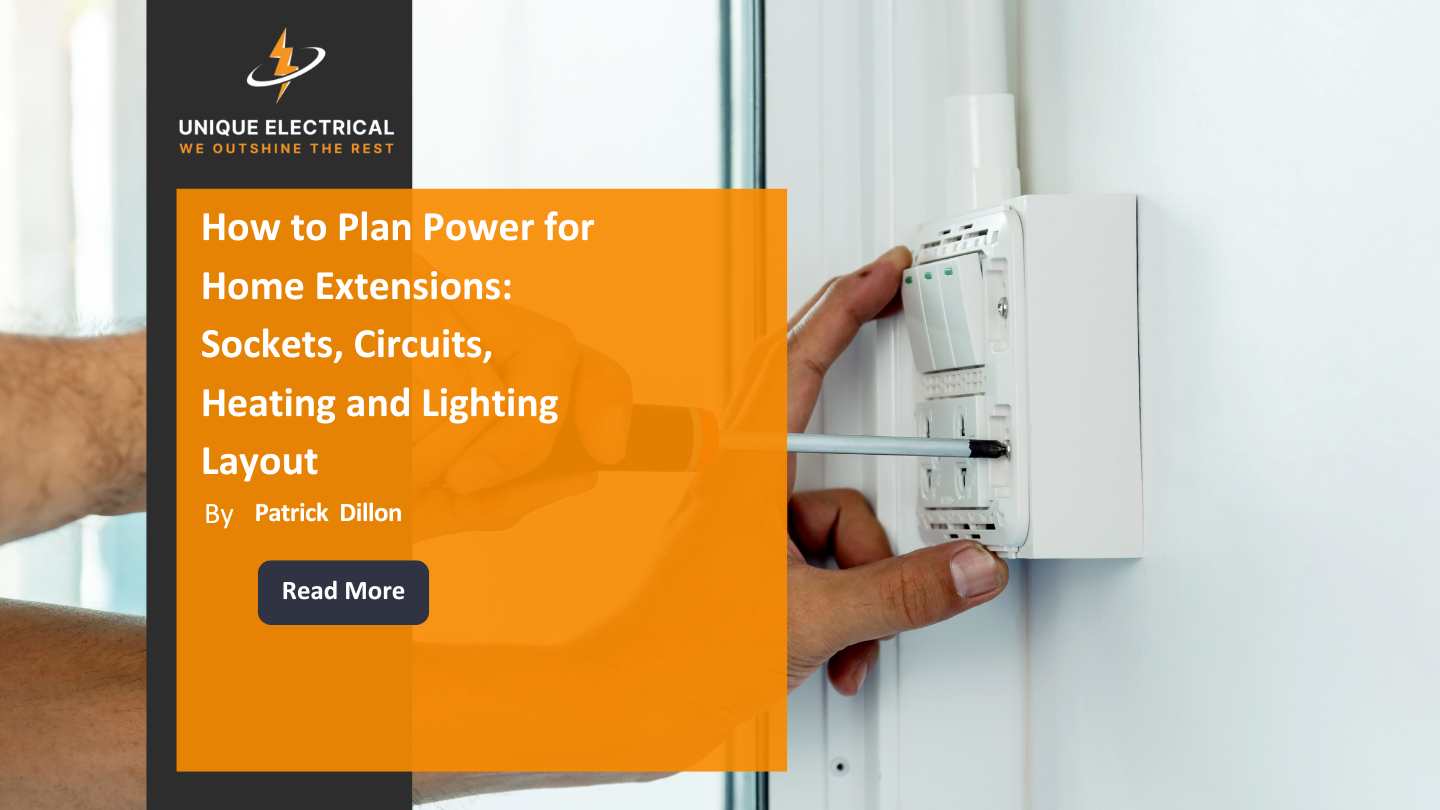


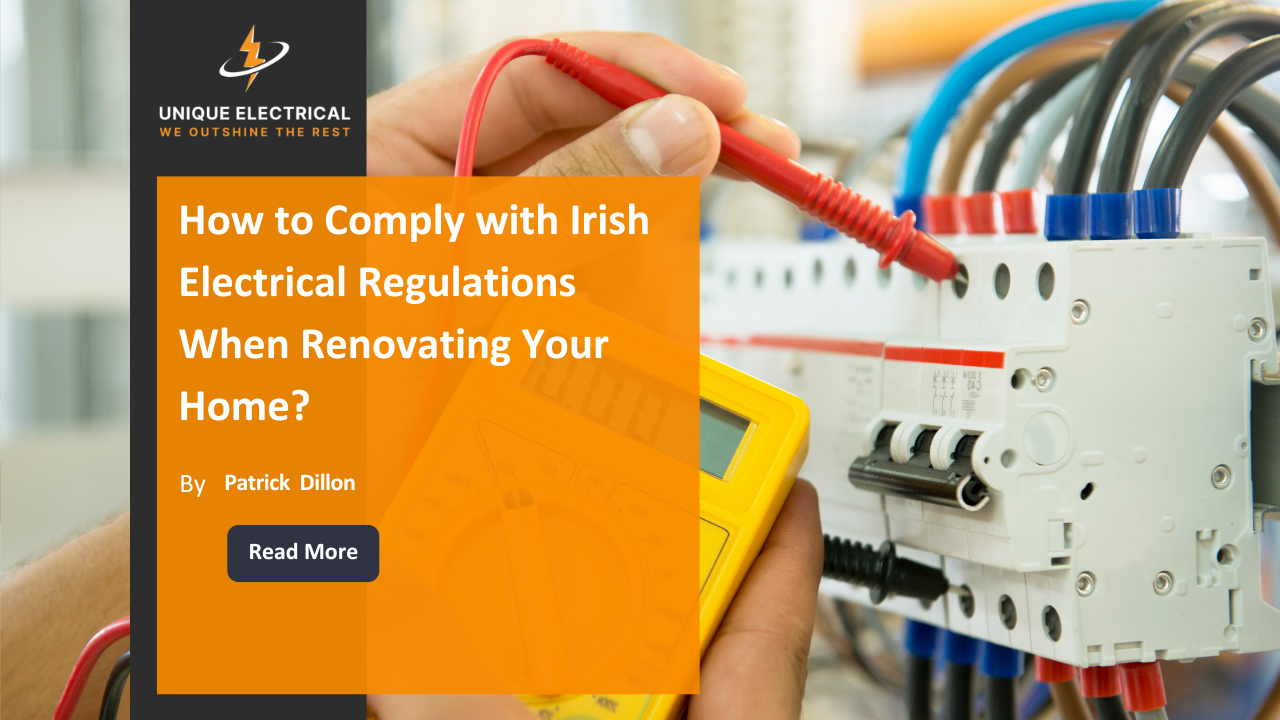
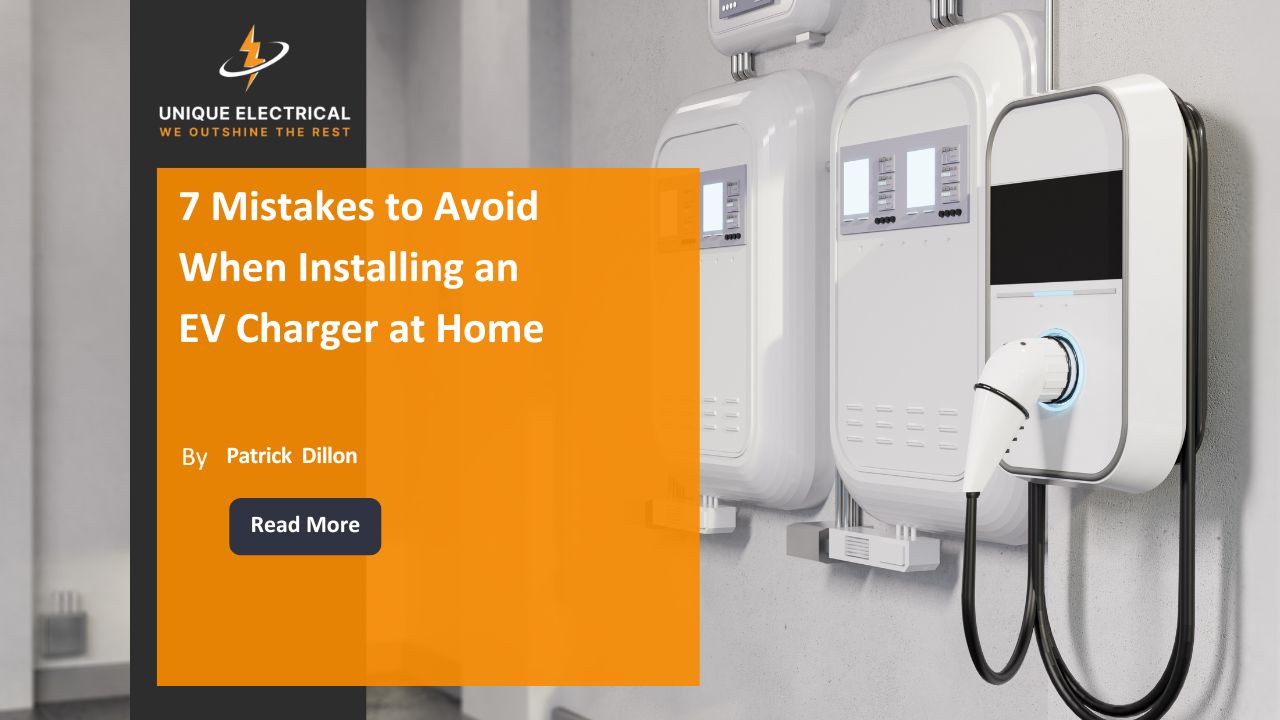
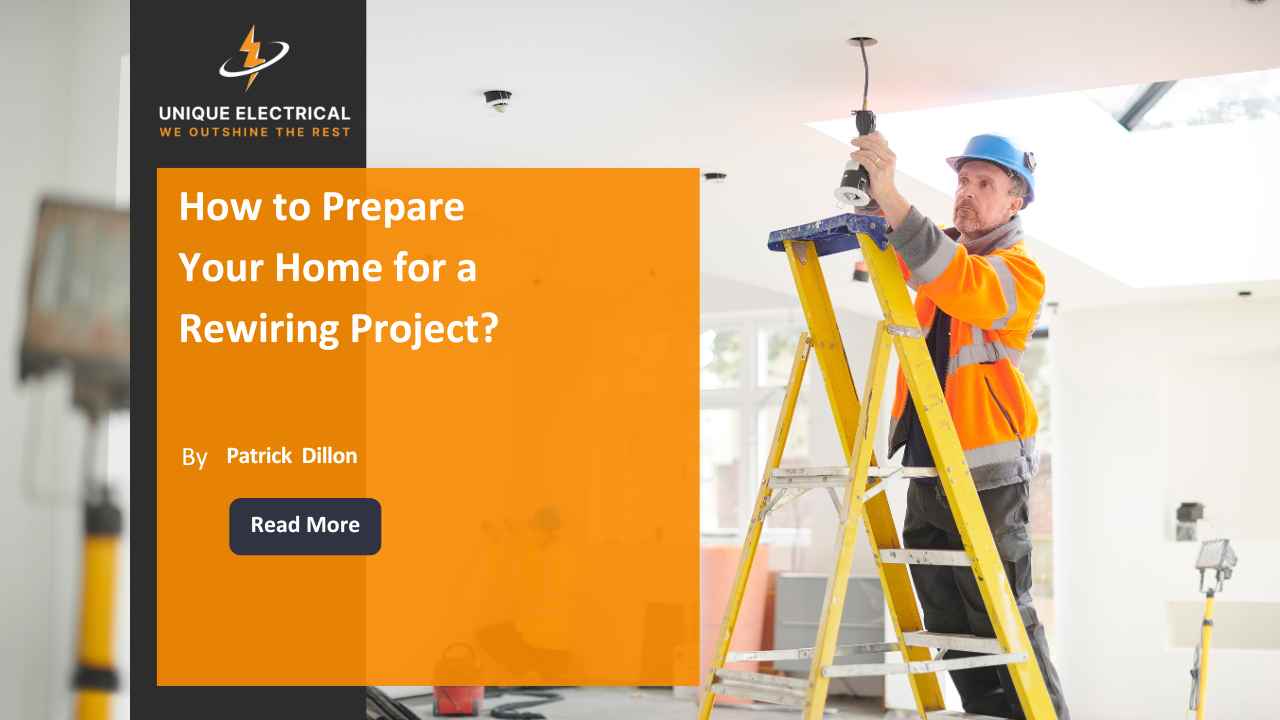


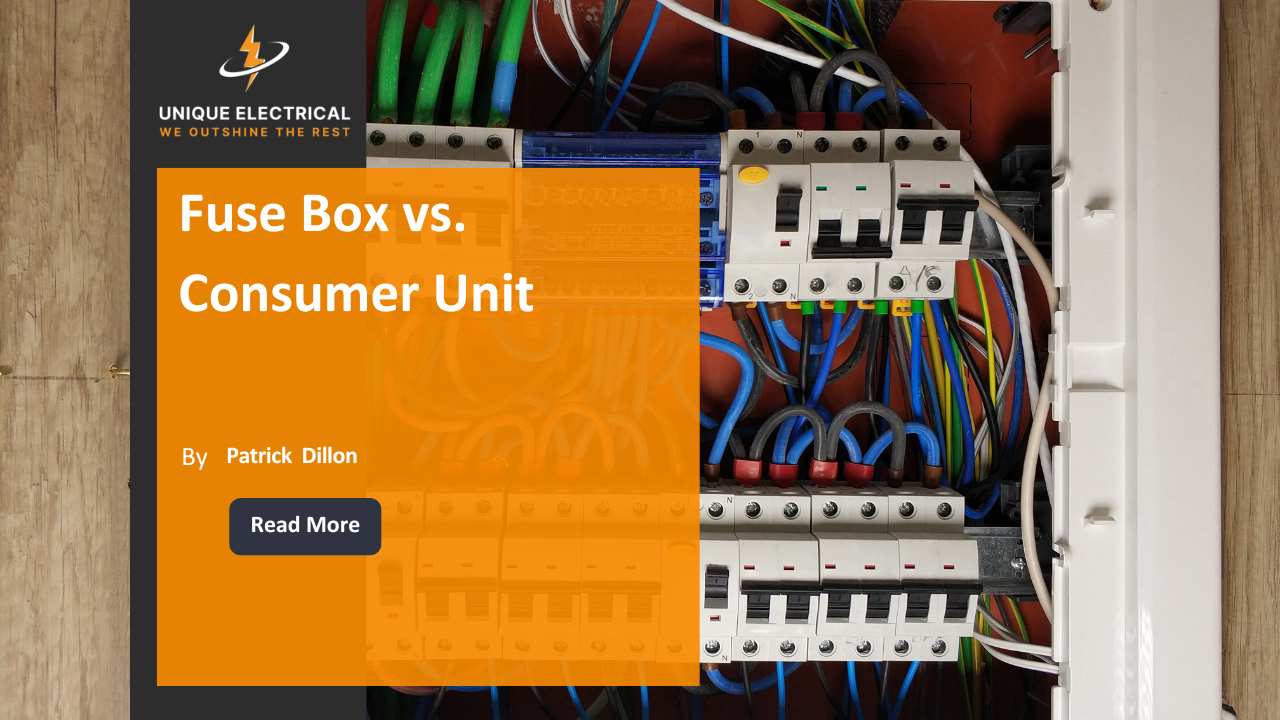
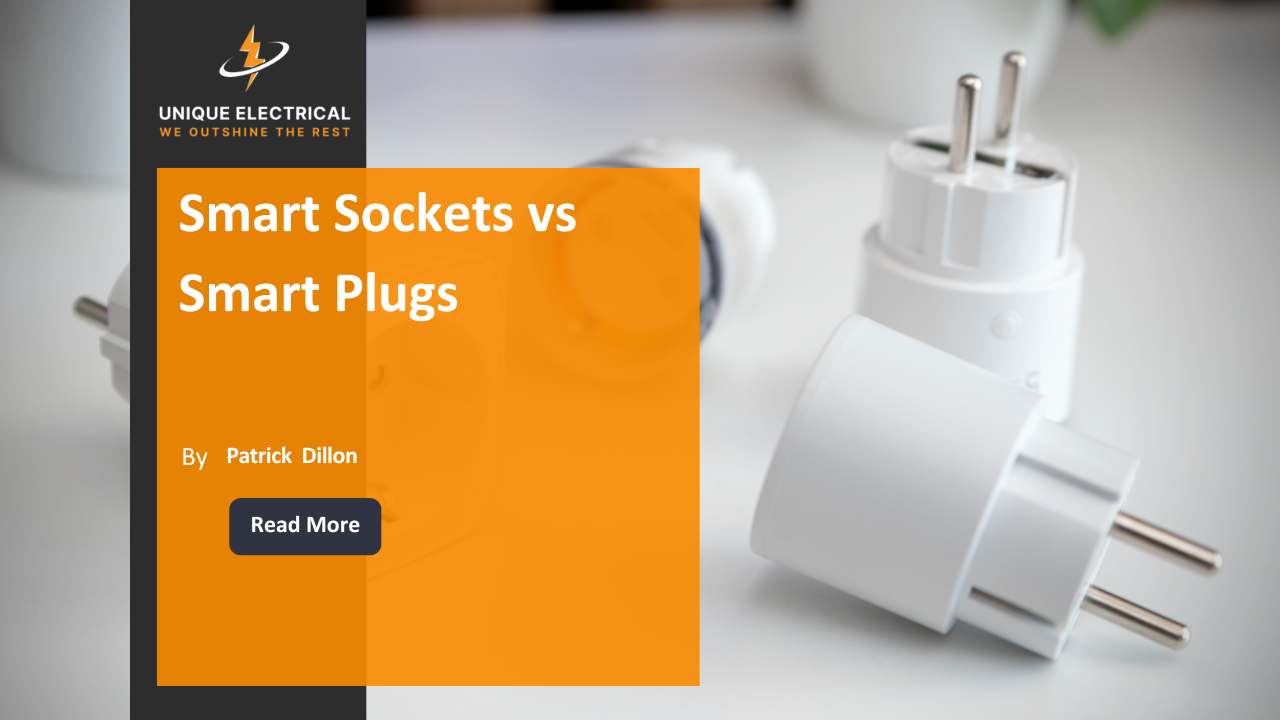
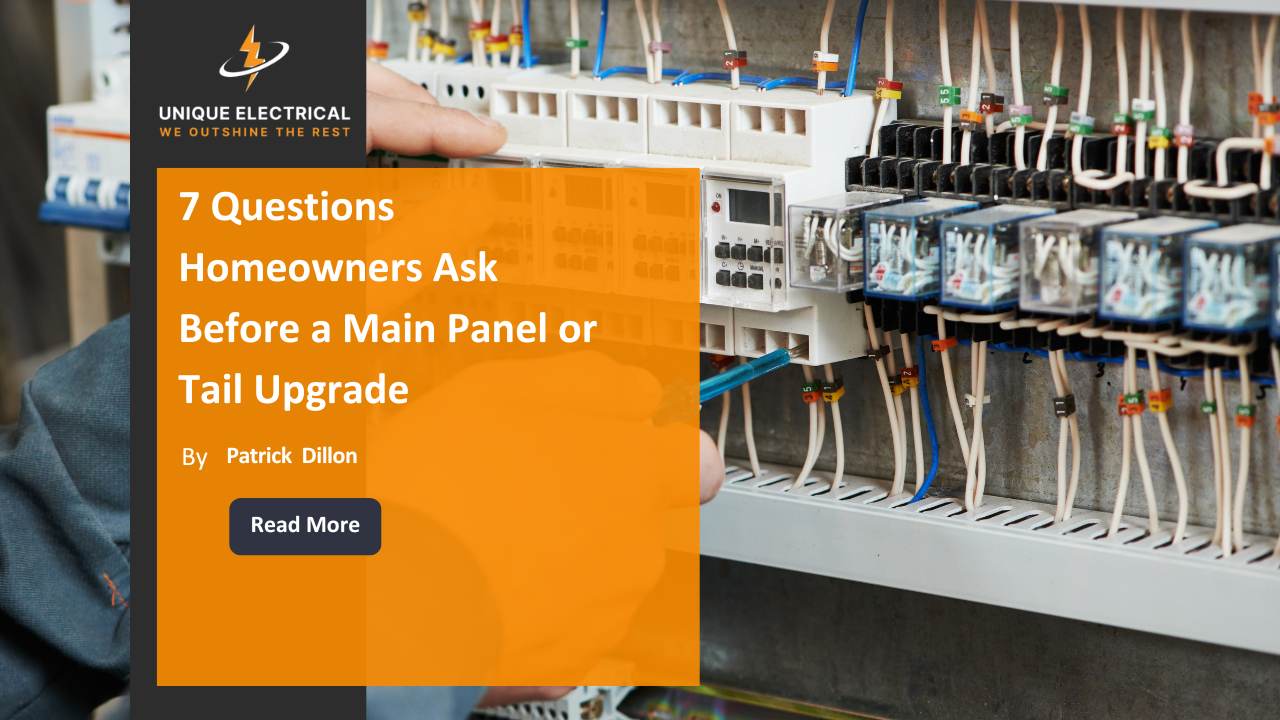
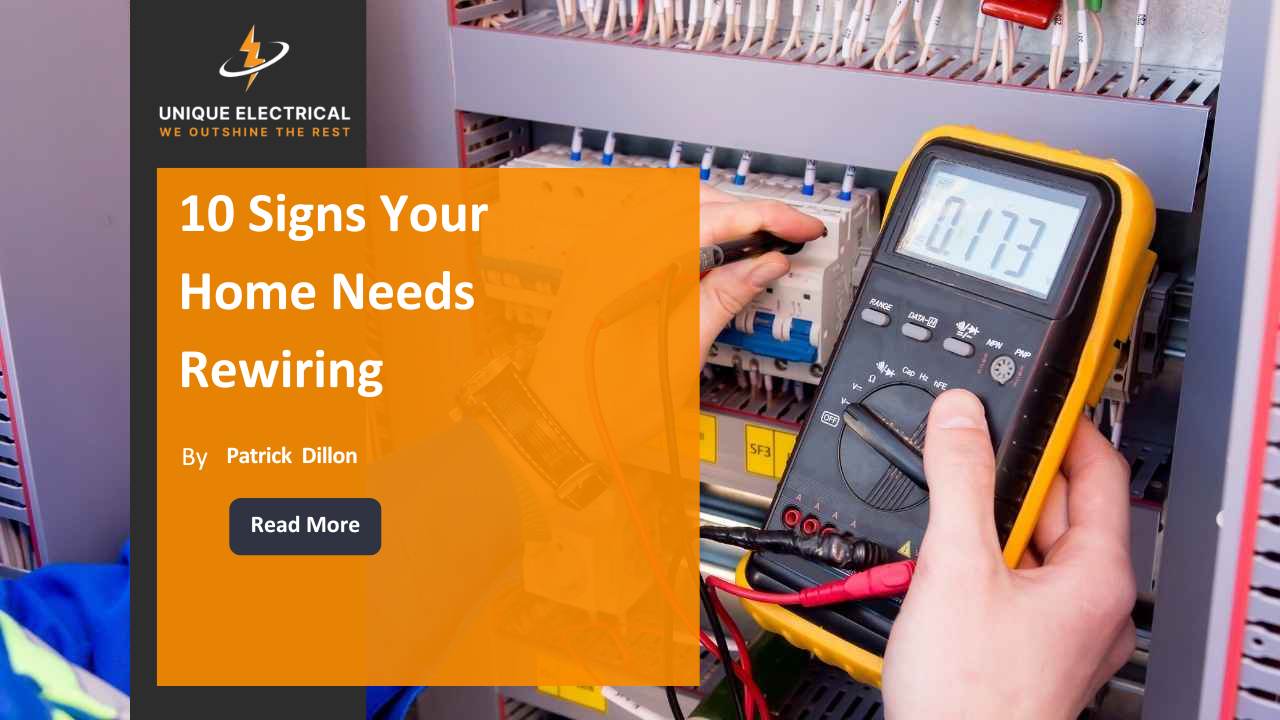
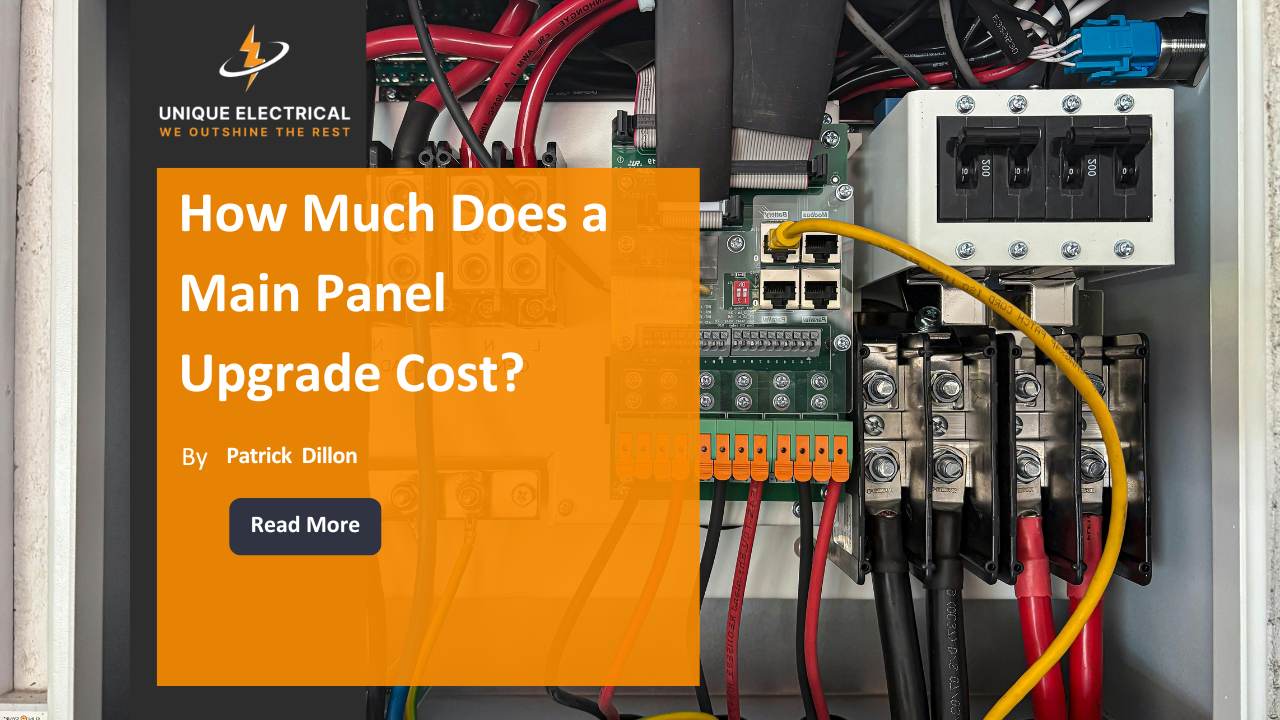
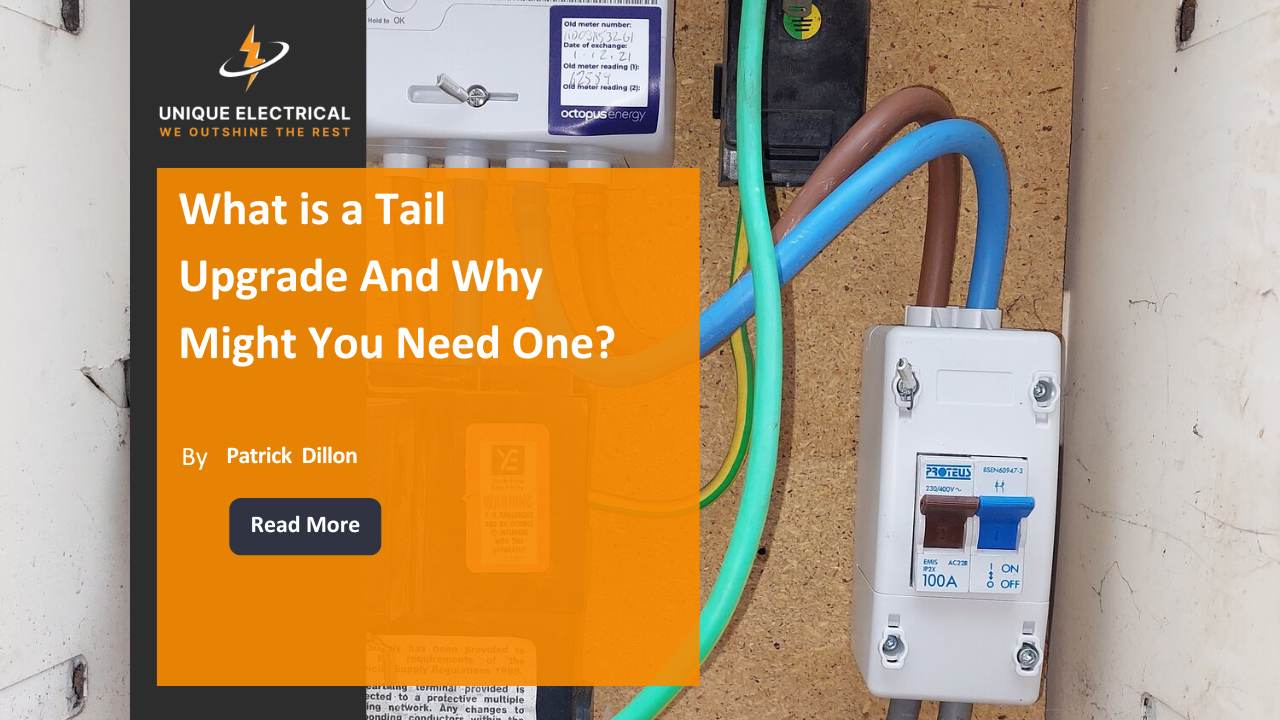












.jpg)

.jpg)





























